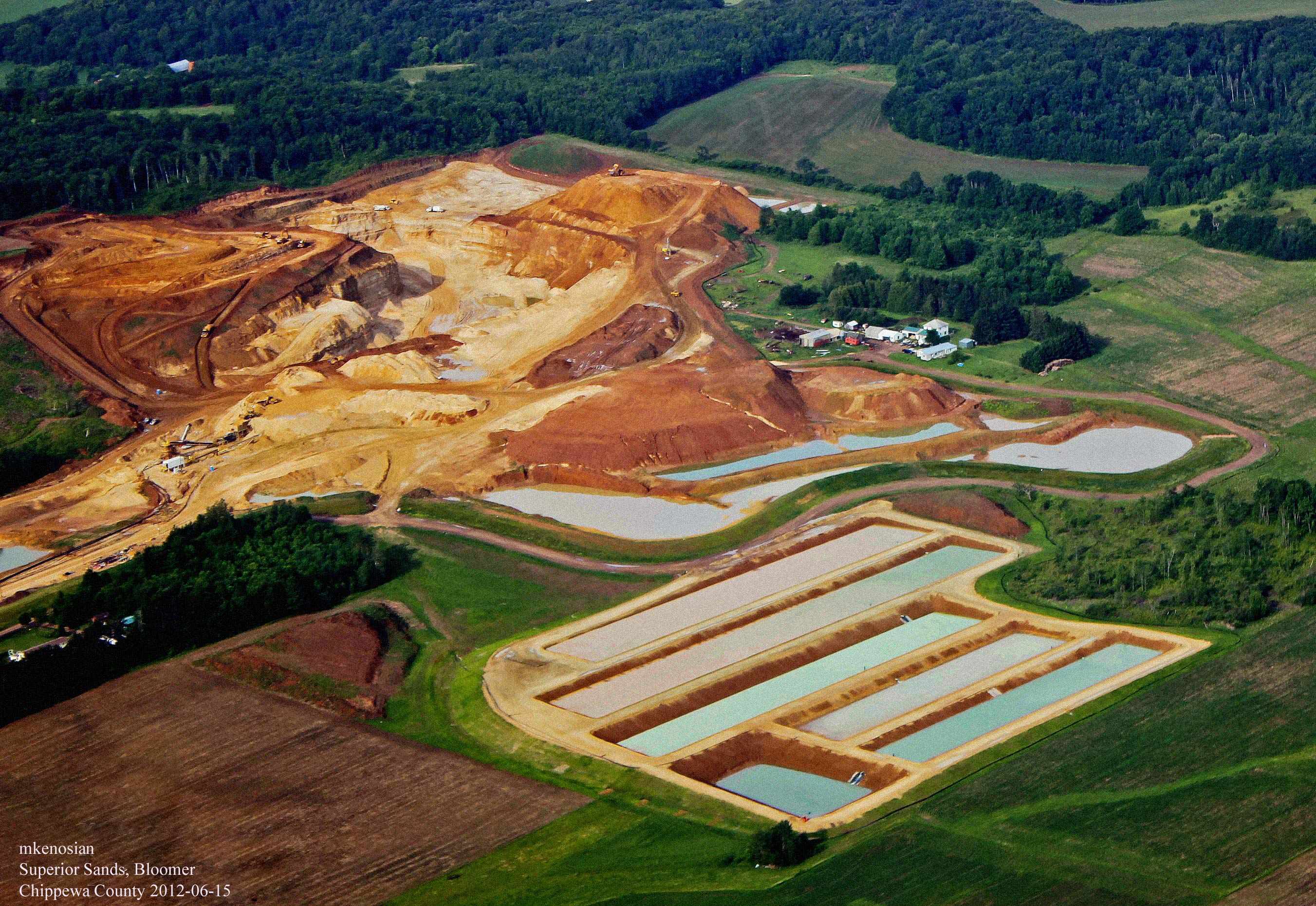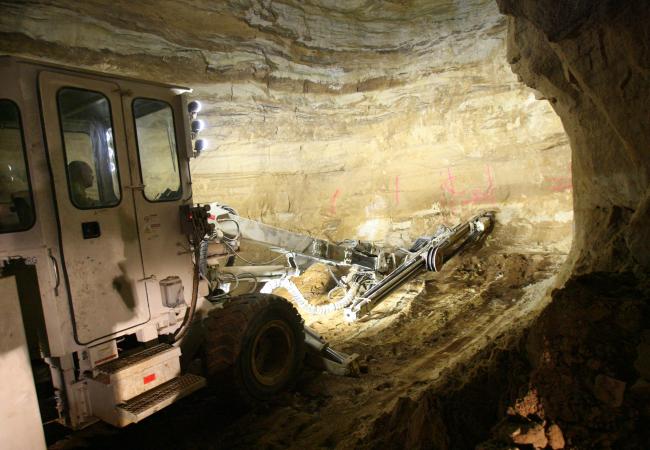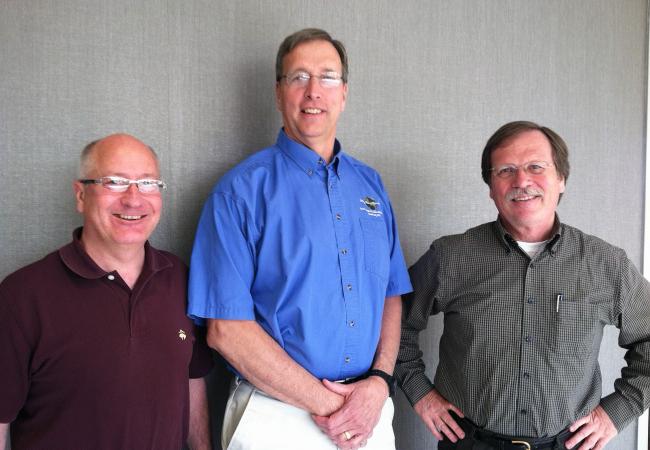Minnesota's national parks may be breathing easier soon, as the
Environmental Protection Agency moves to enforce stricter regulations on air quality, targeting the haze formed largely by the emissions of taconite facilities and coal-fired power plants.
The EPA is required, under the 1977 amendments to the
Clean Air Act, to work with states to maintain certain standards of air quality in national parks and other wilderness areas. However, the three areas in and around Minnesota that warrant this special protection- the Boundary Waters, Isle Royale, and Voyageurs- suffer from haze driven by emissions from Minnesota and other states in the region.
A clear day (left) and hazy day (right) at Voyageurs National Park
Minnesota's
regulations on the haze producers, written after over three decades of failing to comply with federal mandates, are built on the conclusion that the 'best available retrofit technology' (BART) for the taconite industry is too expensive to be feasible. The Minnesota Pollution Control Agency's 2003
report on the issue, written by Barr Engineering, concludes that the "The affordability of BART must be analyzed on a site-specific basis. Given the current economics of the industry, a significant cost burden associated with BART could impact the future viability of the industry."
Instead of retrofitting the plants, the MPCA require them to use 'good combustion practices' with existing technology at six taconite firms- in other words, to run technology that is not the cleanest available, in as clean a way as possible. At five coal-fired power plants, the state requires no action. Minnesota's plan also includes participation in an
emissions trading program, which allows firms to buy pollution allowances. The MPCA's approach has been
derided by critics as "
requiring Xcel and the taconite people to do-essentially- nothing".
The
proposed rules also sustained
criticism by the National Park Service and Forest Service. The two agencies made a statement last March, asking the state to reconsider its rules and stating that the "The methodology used by the MPCA results in emissions limits that are too high".
The state's plan, and its long-standing failure to fulfill the requirements of the
Clean Air Act, sparked
legal action by a coalition of environmental organizations earlier this month, asking that the federal government step in and mandate compliance with the Clean Air Act's technology-based regulations.
Now, the EPA is
invoking the right to impose a Federal Implementation Plan, a rarely used override of state regulatory agencies who fail to carry out the law. The EPA plan, which the government must approve by November 15th, requires the plants upgrade their technology to cleaner alternatives, on a rolling deadline of up to five years. Such technologies include scrubbers to reduce sulfur dioxide emissions, and the low-NOx burner, which can cut nitrogen oxide emissions from a furnace by up to 70 percent. The regulations would target the taconite faciltiies and coal fired power plants responsible for most of Minnesota's haze-causing emissions.
Cliffs Natural Resources, one of the state's taconite firms, has spoken in opposition to the EPA's regulations. Their attorney, Douglas McWilliams, says that it will take months to design a burner system that can work for the furnaces, and even longer to determine costs and likely emissions reductions. The says tghat their engineers are unsure if the furnaces can be retrofitted with the burners at all. McWilliams suggested that the EPA use the state's less strict plans instead.
"These two states, Michigan and Minnesota, have decades of direct experience regulating taconite mines and their pelletizing furnaces that EPA cannot hope to replicate.", he said. "Minnesota and Michigan are in a better position to assess the time and resources that it will take to evaluate the next generation of emission controls for this industry."
Hibbing Taconite Co, operated by CNR.
The EPA, however disagrees. "Controls do seem to be feasible and economically reasonable, so we think that could be applied at the different facilities that are not currently applying that technology," said Douglas Aburno, an environmental engineer at the agency.
Environmental advocate Alan Muller, in a
recent op ed in the TC Daily Planet, agrees, saying that "This is an inexpensive approach: The cost per ton is a few hundred dollars against EPA criteria of a few thousand dollars."
Environmental attorney Kevin Reuther, who represents the National Parks Conservation Association, Friends of the Boundary Waters Wilderness, and other environmental organizations, says that the EPA's rules are necessary because the Minnesota Pollution Control Agency is unable to deal with the haze problem.
"With this particular industry, it's really hard for the MPCA to get it right. EPA had to come in and say look, this is not the best available retrofit technology, you haven't identified any technology, the state plan didn't require them to do anything," Reuther said. "That's why the EPA has this backstop role when the states don't act according to law. And that's what happened here."
Public comment will be taken until September 28, 2012. Comments can be sent to
aburano.douglas@epa.gov.
Image Sources:
MinnPost and
Star Tribune
 The installation, which covers an area of 142,000 square feet, was designed and installed by SoCare Energy, a commercial photovoltaic developer based in Chicago. With 4,316 PV modules, it is expected to produce, annually, approximately 1,161,328 kWh.
The installation, which covers an area of 142,000 square feet, was designed and installed by SoCare Energy, a commercial photovoltaic developer based in Chicago. With 4,316 PV modules, it is expected to produce, annually, approximately 1,161,328 kWh.

















